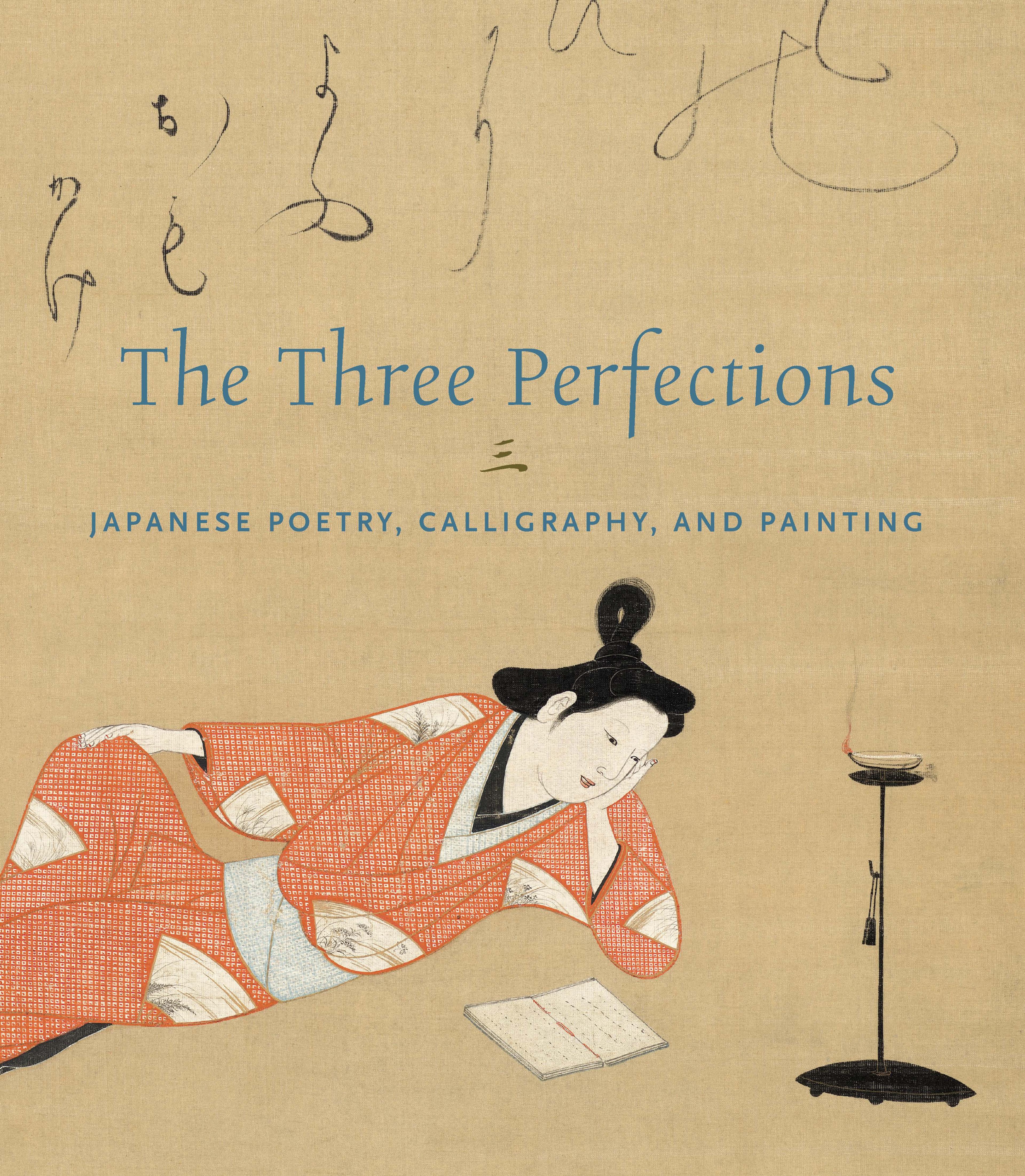Line from a Poem by Li Bai
As abbot of the prestigious Daitokuji Temple, Seigan Sōi saw himself as part of a distinguished lineage of Zen monk-calligraphers, including Ikkyū Sōjun and Motsurin Jōtō—both active in the fifteenth century. In Eighteen Principles of Tea, Seigan described the concepts behind wabi-cha, a tea practice in which unpretentious, rustic tea wares were favored. A tea master par excellence, he embraced the dictum of Sen no Rikyū (1522–1591) that “the most important ‘utensil’ in the tearoom was the hanging scroll”—in other words, a monk’s calligraphy.
Seigan’s quickly brushed line from a verse by the eighth-century poet Li Bai was no doubt intended for display during tea gatherings:
高殿坐幽人
In the lofty hall,
holy men sit in meditation.
—Trans. John T. Carpenter
Seigan’s quickly brushed line from a verse by the eighth-century poet Li Bai was no doubt intended for display during tea gatherings:
高殿坐幽人
In the lofty hall,
holy men sit in meditation.
—Trans. John T. Carpenter
Artwork Details
- 清巌宗渭筆 李白詩
- Title:Line from a Poem by Li Bai
- Artist:Seigan Sōi (Japanese, 1588–1661)
- Period:Edo period (1615–1868)
- Date:mid 17th century
- Culture:Japan
- Medium:Hanging scroll; ink on paper
- Dimensions:Image: 48 11/16 × 11 1/4 in. (123.7 × 28.5 cm)
Overall with mounting: 75 3/16 × 13 11/16 in. (191 × 34.7 cm) - Classification:Calligraphy
- Credit Line:Mary and Cheney Cowles Collection, Gift of Mary and Cheney Cowles, 2024
- Object Number:2024.412.6
- Curatorial Department: Asian Art
More Artwork
Research Resources
The Met provides unparalleled resources for research and welcomes an international community of students and scholars. The Met's Open Access API is where creators and researchers can connect to the The Met collection. Open Access data and public domain images are available for unrestricted commercial and noncommercial use without permission or fee.
To request images under copyright and other restrictions, please use this Image Request form.
Feedback
We continue to research and examine historical and cultural context for objects in The Met collection. If you have comments or questions about this object record, please contact us using the form below. The Museum looks forward to receiving your comments.
